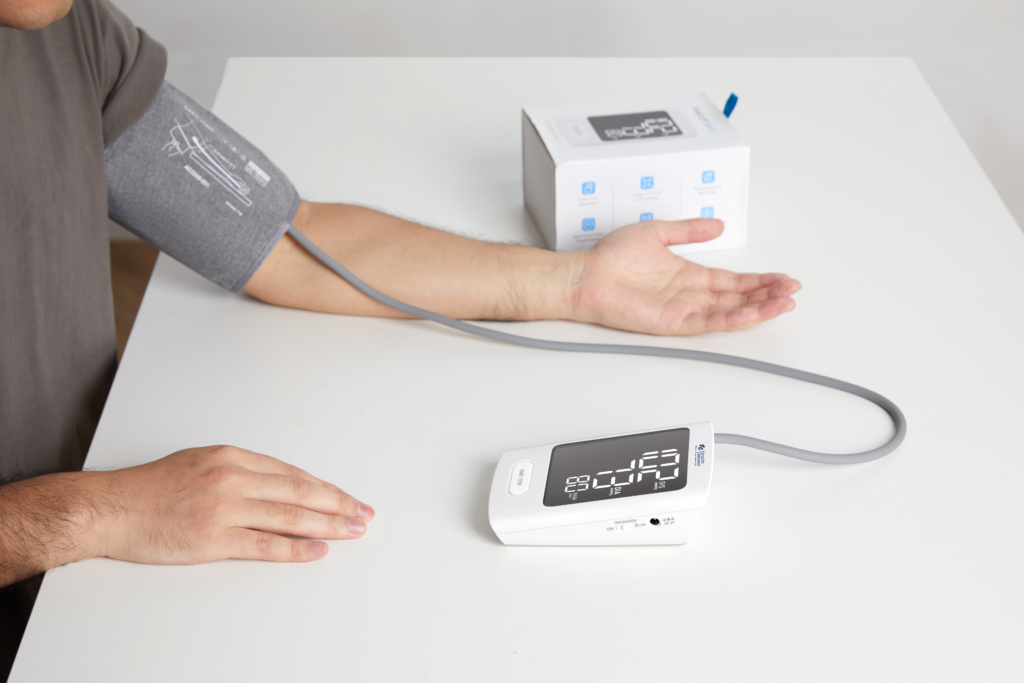
Living with a chronic disease can be challenging, but advancements in healthcare technology are revolutionizing the way these conditions are managed. Remote Patient Monitoring (RPM) has emerged as a vital tool in chronic disease management, offering individuals the ability to monitor their health from the comfort of their homes while staying connected with their healthcare providers. In this article, we’ll delve into the importance of remote monitoring for chronic disease management and how it’s transforming the lives of patients worldwide.
Understanding Chronic Disease Management
Chronic diseases, such as diabetes, hypertension, heart disease, and asthma, require ongoing management to prevent complications and improve quality of life. Traditionally, managing these conditions involved frequent visits to healthcare facilities for check-ups and monitoring. However, this approach can be time-consuming, costly, and inconvenient for patients, especially those living in remote areas or with mobility limitations.
The Role of Remote Monitoring
Remote Patient Monitoring (RPM) offers a proactive approach to chronic disease management by enabling patients to monitor their health parameters remotely and share data with their healthcare providers in real-time. Through the use of wearable devices, mobile applications, and telecommunication technologies, RPM empowers individuals to:
1. Monitor Vital Signs: RPM allows patients to track vital signs such as blood pressure, blood glucose levels, heart rate, and oxygen saturation continuously. This real-time data provides valuable insights into the progression of their condition and helps identify potential issues before they escalate.
2. Adhere to Treatment Plans: By regularly monitoring their health parameters, patients can adhere more closely to their treatment plans, including medication regimens, dietary guidelines, and exercise routines. This adherence is crucial for managing chronic diseases effectively and preventing complications.
3. Receive Timely Interventions: RPM enables healthcare providers to monitor patients’ health data remotely and intervene promptly if any abnormalities or concerning trends are detected. This proactive approach allows for early intervention, preventing exacerbations of the disease and reducing the risk of hospitalizations.
4. Empower Self-Management: Remote monitoring empowers patients to take an active role in managing their health. By providing them with access to their health data and educational resources, RPM encourages self-management and fosters a sense of autonomy and control over their condition.
The Impact of Remote Monitoring on Health Outcomes
Numerous studies have demonstrated the positive impact of remote monitoring on health outcomes for individuals with chronic diseases. Benefits include:
- Improved Disease Control: Remote monitoring helps individuals achieve better control of their chronic conditions, leading to fewer complications and hospitalizations.
- Enhanced Quality of Life: By facilitating early detection and intervention, RPM improves the quality of life for patients by reducing symptoms and improving overall well-being.
- Reduced Healthcare Costs: Remote monitoring reduces healthcare costs associated with emergency room visits, hospitalizations, and complications, leading to more efficient use of healthcare resources.
Embracing Remote Monitoring for Better Health
In conclusion, remote monitoring plays a pivotal role in chronic disease management by enabling proactive monitoring, timely interventions, and empowering patients to take control of their health. At Health Connect RPM, we’re committed to leveraging the power of remote monitoring to transform the lives of individuals living with chronic diseases. If you’re interested in learning more about how remote monitoring can benefit you or your loved ones, don’t hesitate to reach out to us.
Together, let’s embrace technology to revolutionize chronic disease management and improve health outcomes for all.
Stay tuned for more valuable insights and resources on navigating the world of Remote Patient Monitoring. Together, let’s embrace technology to empower your health and well-being.
